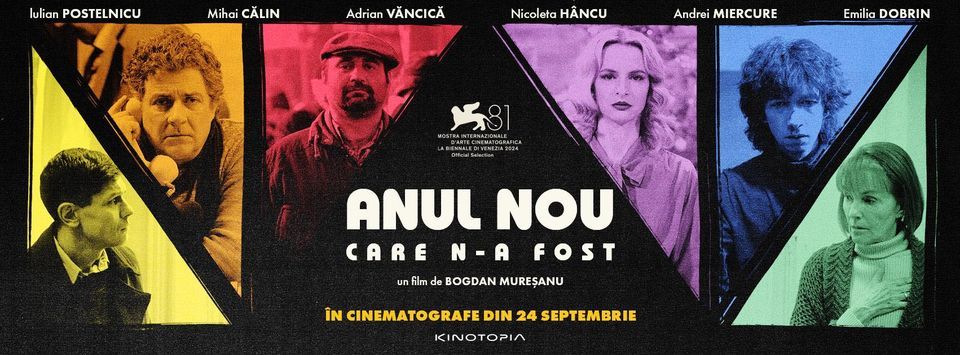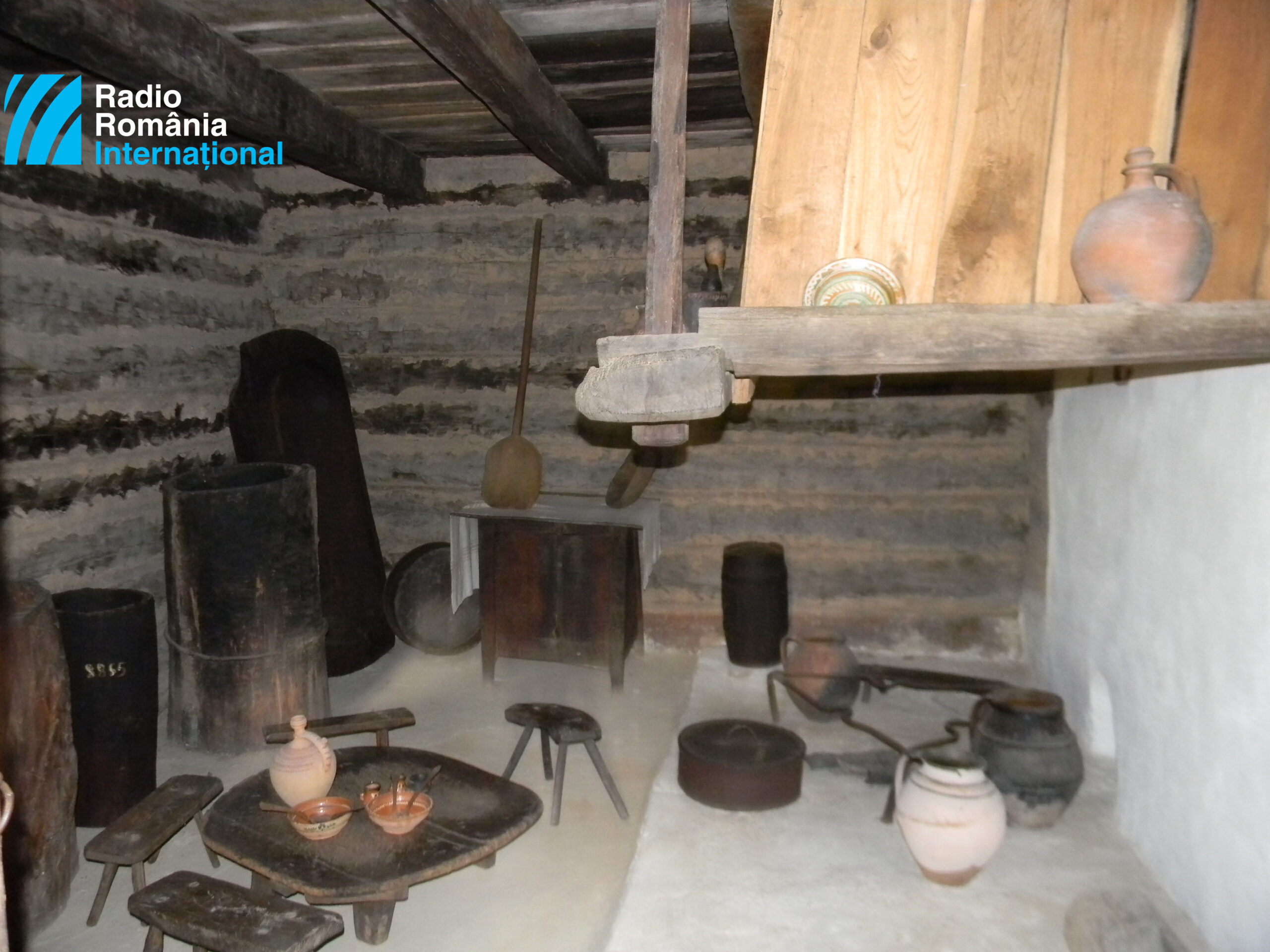Slovakian Glass Was Born in Romania
Slovaks represent 0.1% of the total population of Romania

Ana-Maria Cononovici, 27.02.2024, 19:13
Slovaks represent 0.1% of the total population of Romania. They live mainly in the western part of the country, with the largest communities of Slovaks in Romania being found in the counties of Bihor and Arad, where they represent 1.22% and 1.25% of the total population, respectively.
Today, in Şinteu (Nova Huta), in the heart of the Plopiș Mountains, on the border between Bihor and Sălaj counties, more than 2,000 Slovaks remain, each of them knowing how to process glass and breathing new life into local history. More than two centuries ago, Slovaks settled here, attracted by the rich forests, and by the first glass factory in Romania, established in 1780 in Huta. After 60 years, in 1840, the factory moved to the Black Forest. Until the First World War, there were around 20 thousand Slovaks in the Sinteu area.
Today, a glass museum here recalls that the first injection vials for penicillin and other products from the pharmaceutical industry were produced in Stara Huta. It is a unique experience to see what was produced here, in those times, by very primitive methods. The museum also keeps certain artifacts or pieces of glass and whole pieces of ampoules from the former glass factory. Among the exhibits are the key to the factory, as well as a seal with the Slovak initials, and this is because each blower had to apply a seal, as a personal mark attesting to quality.
Today, inside the Museum of Glass, two qualified glassblowers, one from Şinteu, the other from Sălaj, produce various glass objects. They recycle glass and make glasses, globes, handicrafts, holiday decorations, bottles or other components, which they sell to tourists.
Cornel Lupo attended the vocational school in Turda, he has been working in glass for 40 years, and reported for Radio Romania:
“Glassblowing is a rather complicated occupation. After 1996, when the factory in the Black Forest closed, I went to Hungary, also in a glass factory, where I stayed for 11 years as a glassblower. There I participated in a creative competition and won the first place in the country. Then, in 2002, I went to Ukraine for a year. From Ukraine I went to Palma De Mallorca, in Spain, for eight years, also in a glass workshop. And from Spain I arrived here, at Huta Slavia.”
We asked Cornel Lupo what objects glassblowers are creating today:
“From glasses on up, all kinds of glasses that exist, up to handicraft art. There are few glassblowers who make handcrafted pieces. Craftsmanship means free hand, no molds, no press, no robot. There is no (no object) that we can’t make! The chandeliers alone! In the Black Forest we had the only factory in Europe where chandeliers were made for all the cathedrals in Europe, with leaves, arms, and lampshades.”
Frantisek Koritar also started processing glass out of passion, who told us:
“We had to work where it was closest to home, and the closest was the Black Forest. I’m from here, from Şinteu. Now, at my age, I would like to pass on this job to others, but there are young people who don’t want it. I had one who came to learn and left instead of working. We have no substitutes.”
Cornel Lupo added with a laugh:
“He wanted to learn the job in two or three days, but it is a long struggle, for years and years. You go to the next stage, and you have to work until you are able to make another product from A to Z. You don’t learn in two or three days”
When asked how many glass products he made from the age of 19 until now, Frantisek Koritar said:
“I couldn’t count them, because I was working on a schedule, and there were 7 of us in a team and we had imposed batches. I was also making wine glasses and bottles, there were about four or five hundred, six-seven hundred for liqueur , in six hours. It wasn’t easy, it was also very hot near the furnace where glass is melted at 1,450 degrees Celsius, and during processing, where it’s 1,100 degrees, it wasn’t easy!”
We also found out that from Şinteu you can reach the Black Forest by a direct road, and this is because since the olden days there was this road through which the glass went from Romania to Slovakia.






























